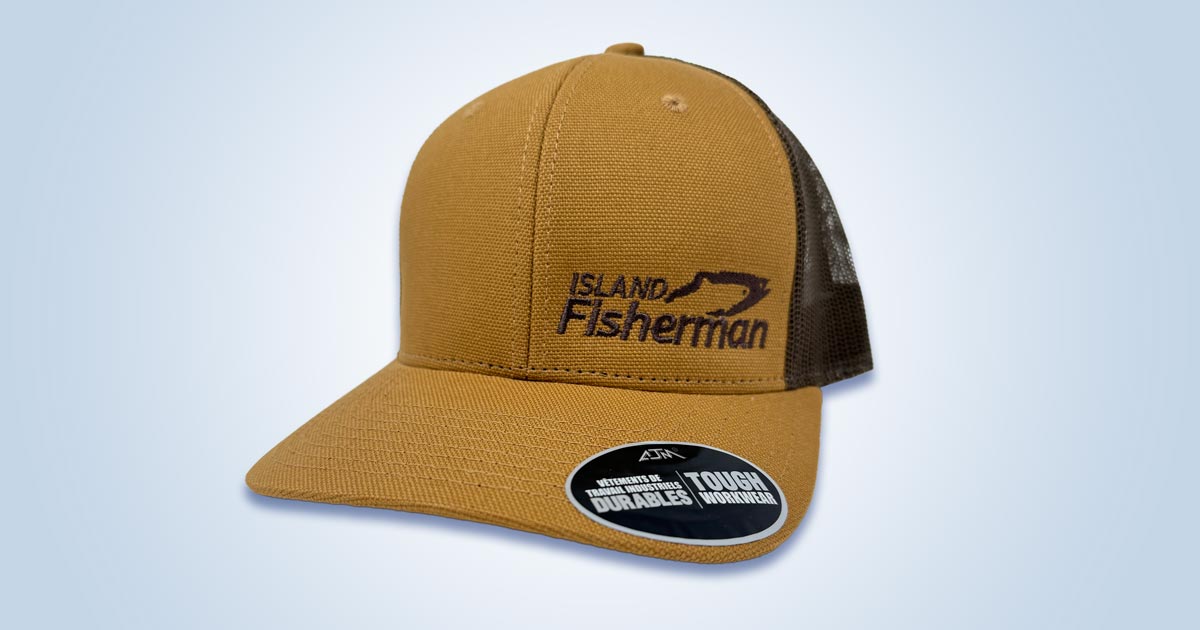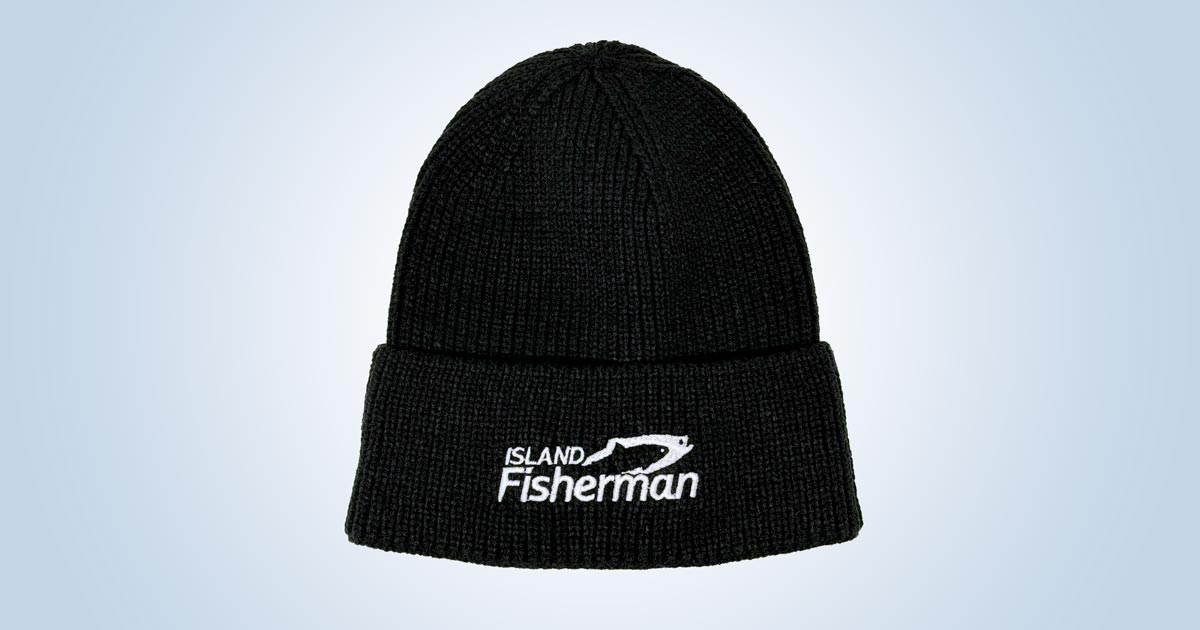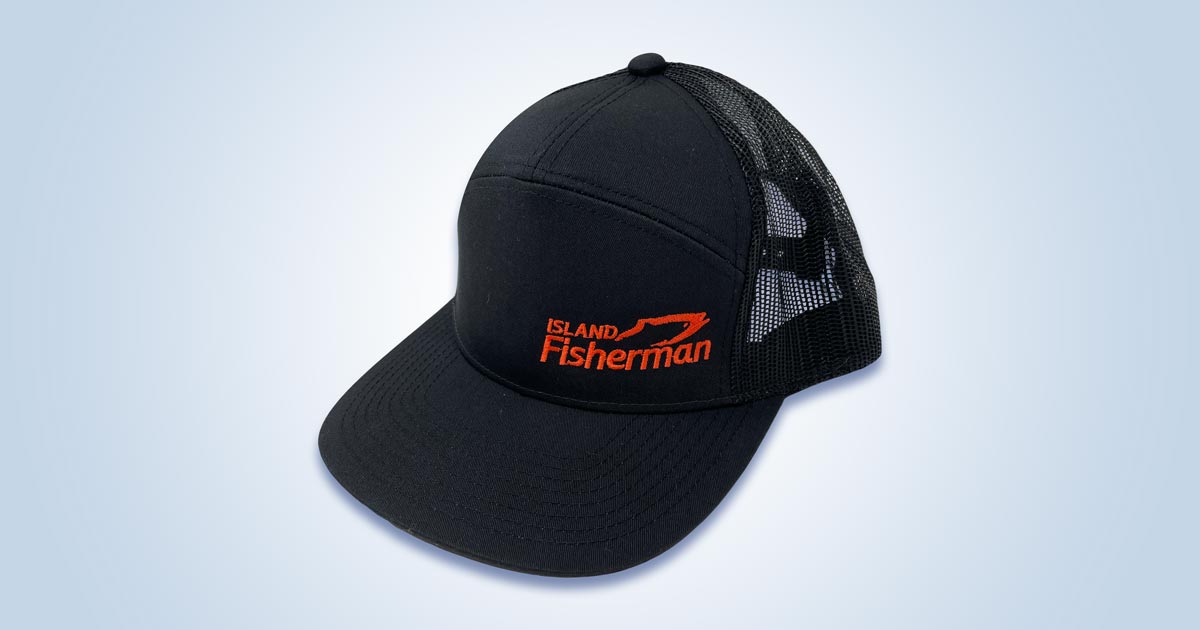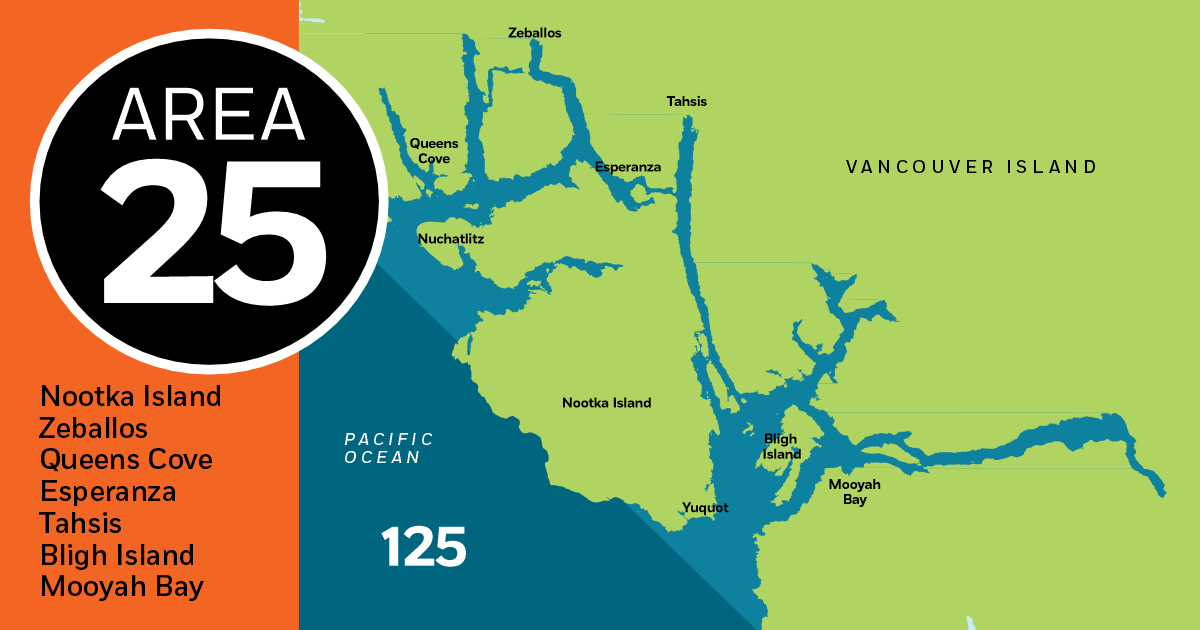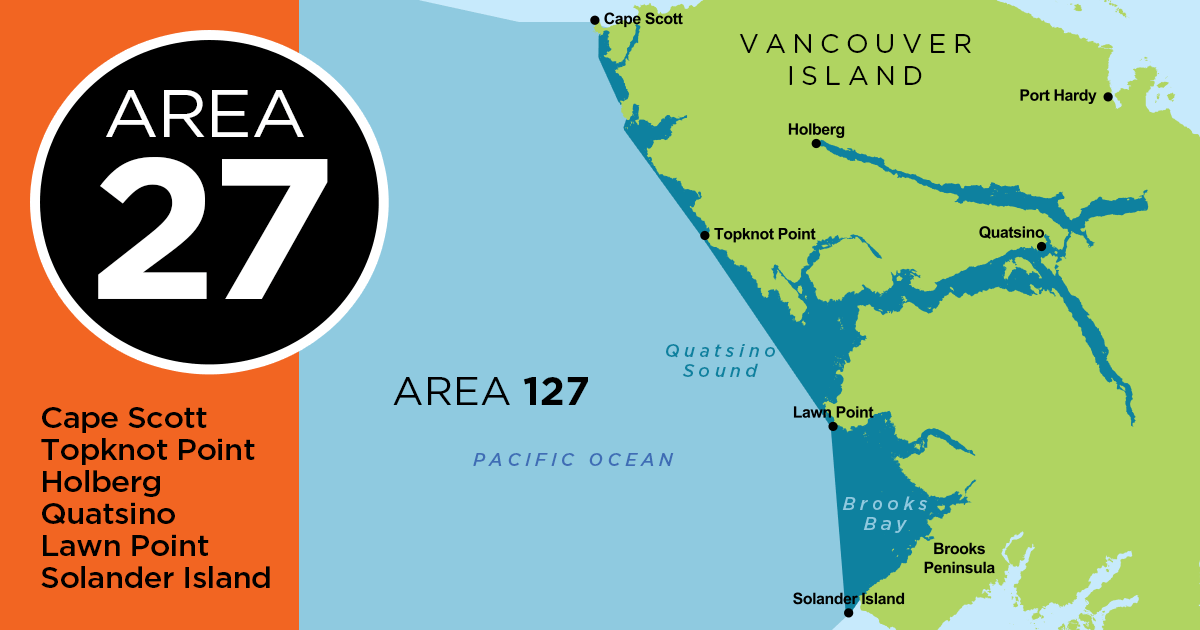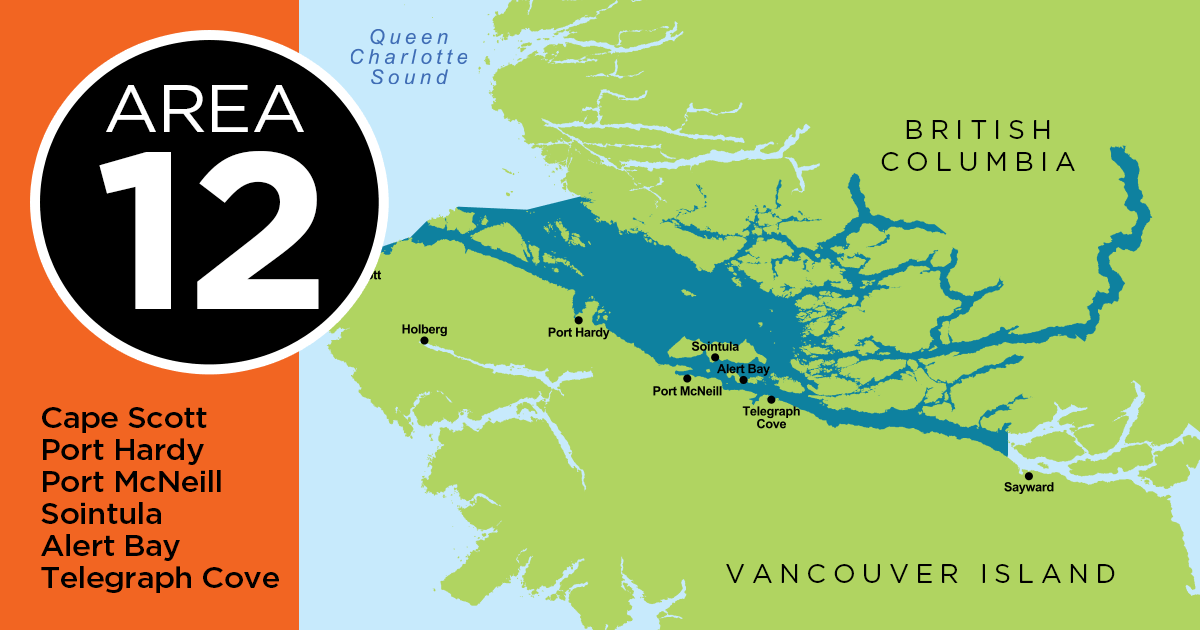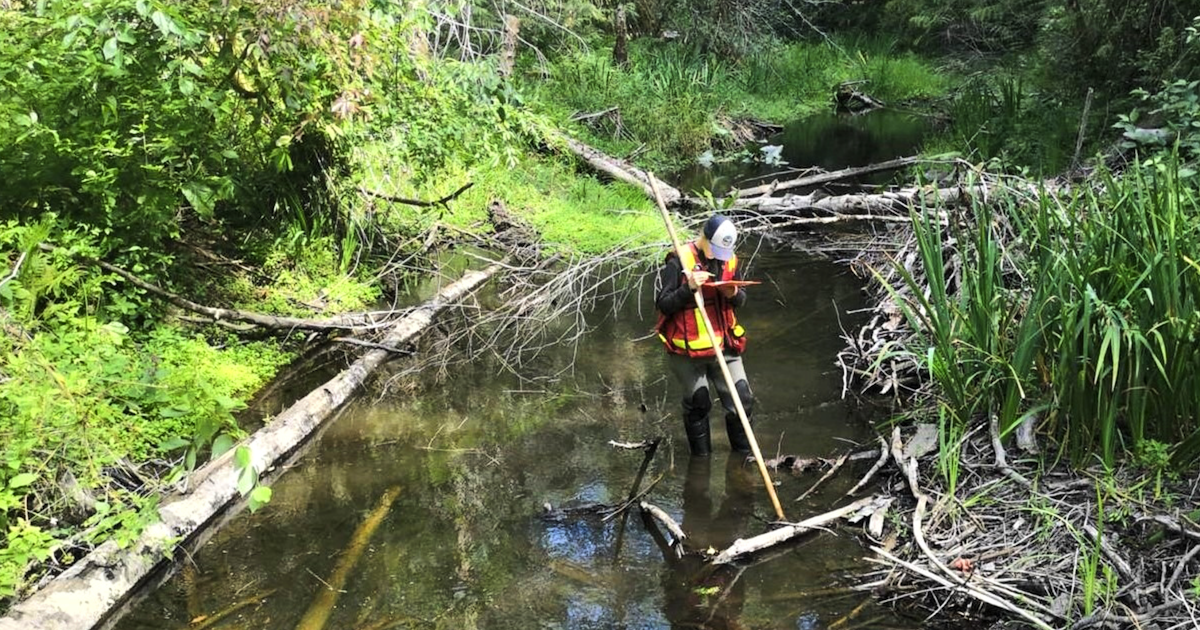
A streamkeeper is a person who actively participates in protecting, preserving, enhancing, and/or restoring their local waterways. In a perfect world, we wouldn’t need streamkeepers. We’d have healthy salmon runs, clean cold water, and diverse riparian zones. All the negative impacts of working and living everyday lives would magically disappear. It’s a nice thought, but completely divorced from reality.
This fact was driven home in 2021 when I phoned Grant MacPherson, the president of the Sidney Anglers Association, to get his thoughts on what motivates streamkeepers to volunteer. I never asked the question, because his first words were “We’ve got dead trout all over the creek. I can’t talk for long.” He was referring to Reay Creek, a small local stream that the Sidney Anglers Association began restoring forty years ago.
In early June, a highly toxic bleach-like substance made its way into the creek. It killed everything from the spill’s entry point for at least 400 meters downstream. The bleach-like smell was still present over the site a day after local children reported dead fish in the stream. A Victoria company was fined $11,000 one year after the spill.
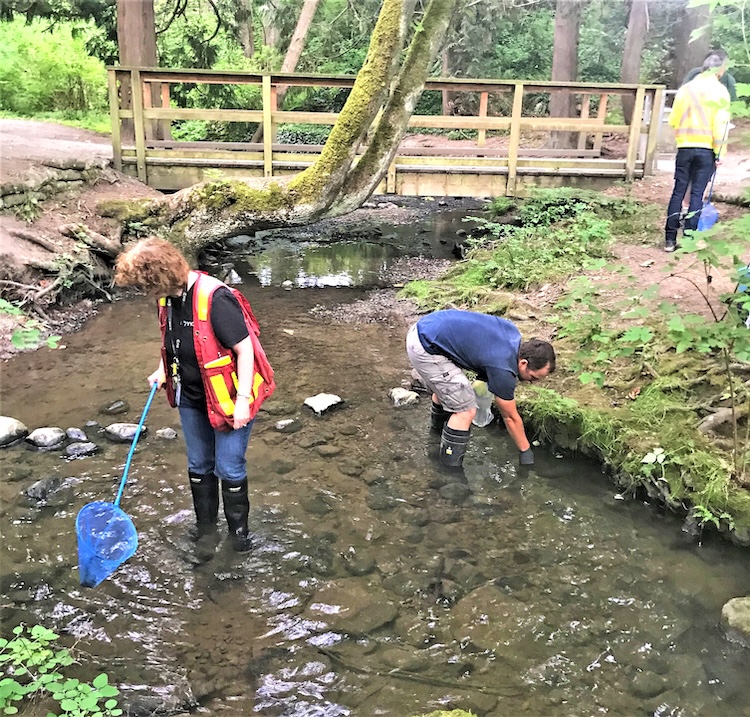
Streamkeepers Collecting dead fish at Reay Creek
Grant and Ian Bruce, a Peninsula Streams Society-registered professional biologist, were onsite assessing the damage along with a handful of volunteers, trying to locate the source and collecting evidence so that a government agency, either DFO or Environment and Climate Change Canada, could nail down the source.
Peninsula Streams is an umbrella organization that works on a number of streams on the Saanich Peninsula. The group inherited the Reay Creek project from the Sidney Anglers about 20 years ago. This small stream flows for about 1.5 km in an easterly direction from the Victoria International Airport to Bazan Bay near Sidney.
Unfortunately the damage was significant:
- By day’s end, volunteers had collected over 400 dead sea-run trout, spread over three age classes, along with dead coho, sculpin, and stickleback.
- Fortunately coho losses can be replaced from the Howard English hatchery, but the sea-run trout recovery will be much slower because it depends on natural restocking.
- There was also evidence of substantial damage to the stream’s benthic organisms. This means it could take time for the creek to return to normal food production and fish rearing capacity.
Fortunately, volunteers did locate trout, salmon, and healthy freshwater organisms in the section above the spill’s entry point.
There are two reasons for using this unfortunate event as an example of what streamkeepers are faced with in urban and industrial environments.
First, people have repeatedly done, and will continue to do, incredibly stupid things near valuable watercourses. This is the seventh fish kill in Reay Creek that Ian has attended. In the project’s first 20 years under the Sidney Anglers care, there were at least three fish kills. In the 1980s and 1990s, most of the trouble originated from the industrial side of the Victoria International Airport. However, after building a positive relationship with the airport authority, it has become one of the creek’s strongest allies. Unfortunately, as residential expansion continued, so did the potential for additional threats. You’d have to be living under a rock not to realize that you have added responsibilities to consider if you live near a stream, particularly one that’s received so much restoration work and local publicity over the years.
Second, streamkeepers like Grant and Ian are usually the first responders after the alarm has sounded. They do the initial investigative work, contact government agencies and media, and assess the potential threat, not only to the natural environment but to residents who live beside the creek. Large toxic spills can pose health risks. In this case, initial source tracing pointed to a single residence in the neighbourhood.
Streamkeeper Activities
The Reay Creek story highlights the unfortunate side of the workload that streamkeepers are faced with. Yet they do it because they love the environment and value fish resources.
It’s rooted in a belief that habitats can be protected, streams can be restored and fish have more long term value than comparatively short term and potentially destructive human activities. Ian described their work this way: “Streamkeepers possess specific knowledge of their stream. This knowledge is something that a regulator, an agency charged with protection of streams, or even a community advisor might not have. A streamkeeper acquires this information over time from learning the rhythms that are unique to each stream. They are the eyes and ears of the stream in assessing potential problems. This relationship gives a streamkeeper the ability to quickly assess problems that might negatively impact the water course.”
So early detection is a critical part of a streamkeeper’s role. It didn’t stop the kill on Reay Creek, but the rapid response gathered valuable information that may prevent similar mishaps in the future. Ian also pointed out that “government agencies can’t do everything or be everywhere. So the streamkeeper is the first line of defense.”
A streamkeeper does more good work that often goes unrecognized. These are the folks who slip on the gum boots and do the heavy lifting, like removing garbage and debris that’s been carelessly dumped in the stream. And there’s more…
Additional Work Streamkeepers Do
• Constructing spawning platforms
• Creating pool and riffle complexes
• Adding large woody debris
• Building spawning and rearing side channels
• Adding spawning gravel if the stream’s gravel recruitment is poor
• Assessing the condition of the stream on a regular basis
• Recording adult salmon escapement counts and their distribution
Some streamkeepers also volunteer at community-run hatcheries where they pitch in during the heavy workload months from September to June. Tasks during this part of the year include:
- Brood stock capture
- Monitoring the adult brood stock to determine the exact time for the egg take
- Fertilizing the eggs, placing them in the incubation trays, and monitoring their health and progress
- Maintaining adequate water flows and water temperatures in the hatchery’s water supply system
- Moving newly emerged fry from the incubation trays to containment tanks
- Implementing feeding, rearing, and fry predator-avoidance protocols
- Fin clipping baby salmon to differentiate hatchery salmon from wild salmon
- Monitoring fry growth until they are ready to be released
- Returning fry to their streams of origin, often as educational outreach to local schools
- Introducing compatible fry to barren streams
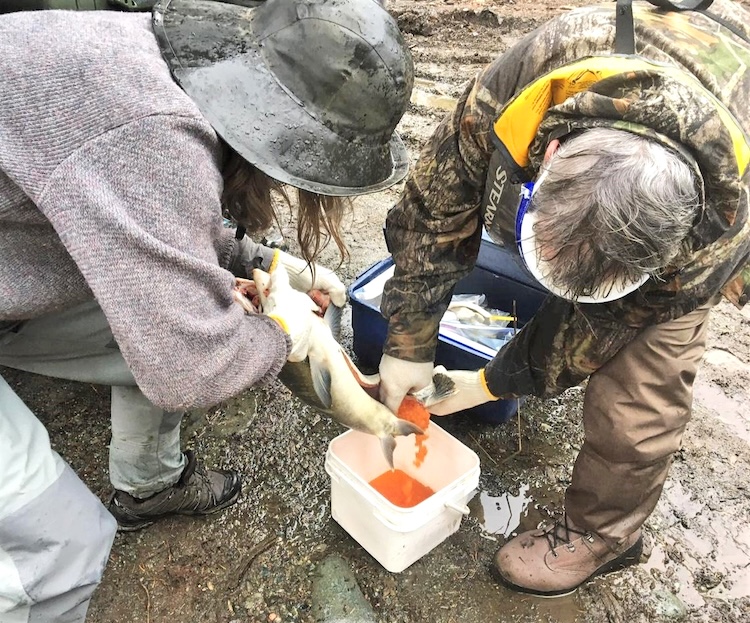
Fertilizing salmon eggs (Photo: Cowichan Lake Salmon Enhancement Society)
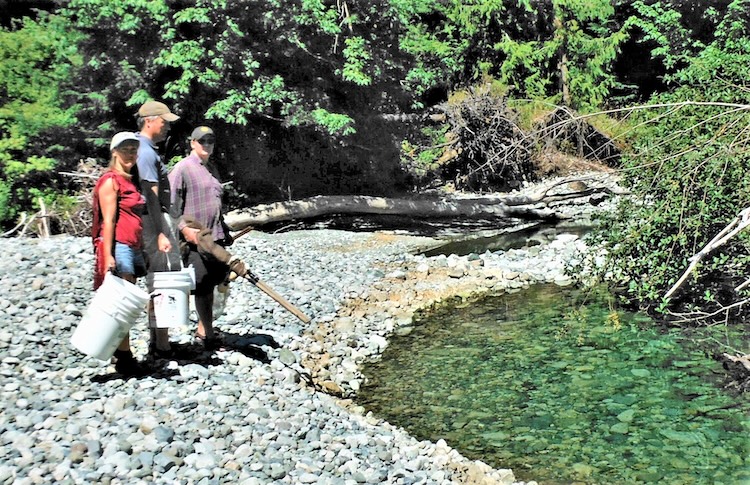
Fry salvage (Photo: Cowichan Lake Salmon Enhancement Society)
Peter McCully is the technical advisor for the Howard English Hatchery near Victoria. “Hatchery volunteers maintain counting fences and traps on streams to provide escapement and production data to Fisheries and Oceans stock assessment division,” he says. “Hatchery volunteers also engage in research projects with local universities like Royal Roads and the University of Victoria.”
A streamkeeper’s contribution is not limited to the watercourse. Other tasks include removing invasive plants from riparian areas and replacing them with native plants, shrubbery, and trees. This increases the diversity of food production, while providing shade to keep water temperatures cool during the summer months. In many cases, entire riparian zones need to be rebuilt after stream banks are cleared for other land use purposes.
A streamkeeper’s reach extends to the receiving waters. Beach and nearshore habitat assessments, including the intertidal zone, are becoming an important volunteer task. Keeping these areas healthy is essential for maximizing the productive capacity of the entire system.
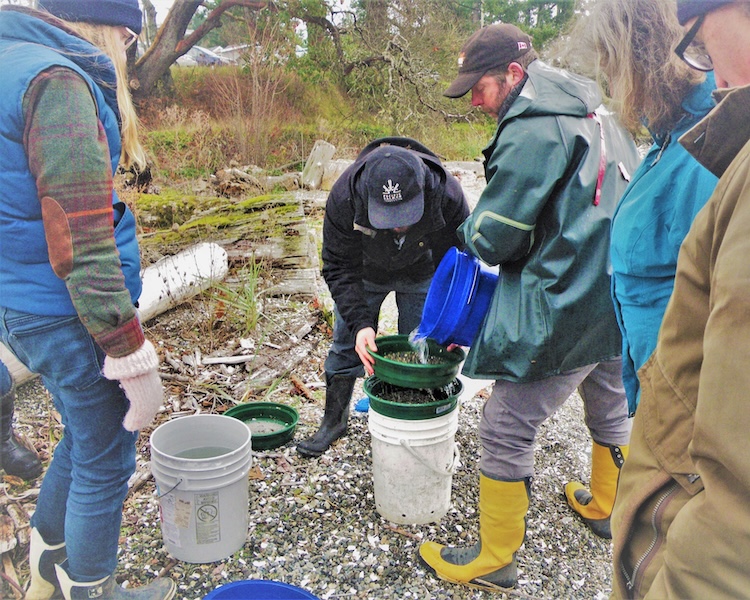
Beach survey (Photo: Peninsula Streams Salmon Enhancement Pen Streams, Pat Bay)
Community outreach is another important streamkeeper activity, since restoration projects fair better with communities on their side. This outreach can be as simple as canvassing the neighbourhood to inform residents and businesses that valuable water courses exist in the community. Marking drains with fish symbols is another means of communication, as is putting on seminars and open houses. Salmonids in the Classroom has been an extremely successful way to introduce community youth to the needs of local streams while educating future generations of citizens to become better stewards of the natural environment. Streamkeeper projects encourage the formation of more like-minded local organizations— eventually bringing all regional watersheds under community protection.
Streamkeepers do need training. According to Ian, much of that comes from hands-on learning. However stream restoration modules and other support tools are available from organizations like the Pacific Streamkeepers Federation, or from accessing municipal or regional district guidelines for protecting sensitive wetland habitats. If you want to get involved in this rewarding activity, I suggest reaching out to your local angling or fish and game club. If they are not involved in salmon restoration, they will probably know which groups to contact.
The Pacific Streamkeepers Federation: www.pskf.ca
• The Peninsula Streams Society: www.peninsulastreams.ca
This article appeared in Island Fisherman magazine. Never miss another issue—subscribe today!
Visit the Store
$34.99
$34.99
Featured Catch
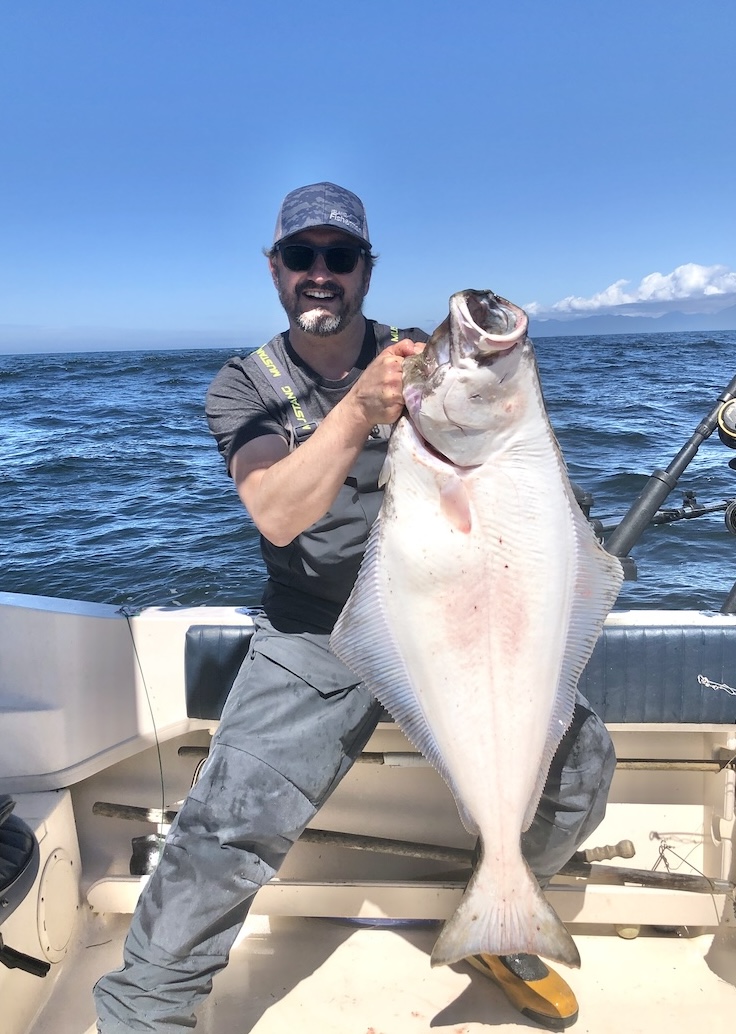
Joel Unickow halibut (Photo: Rob Frawley Lucky Strike Sportfishing Tofino)


